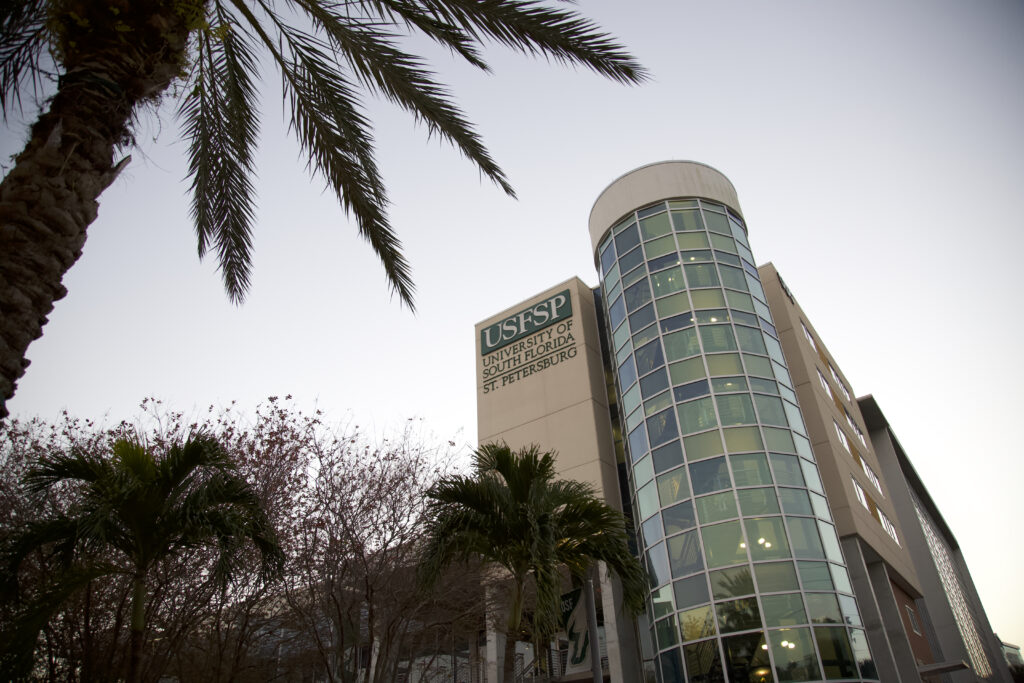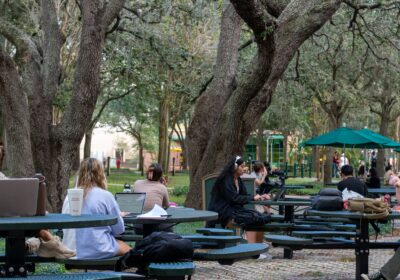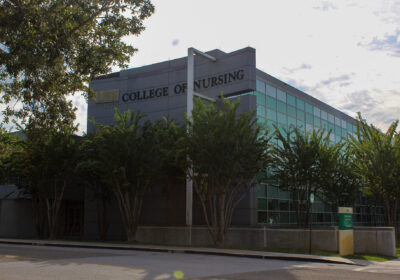OPINION: Rerouting students to St. Pete campus could be ineffective

USF administration announced Jan. 27 that it will be rerouting incoming students who applied after Jan. 6 to the St. Pete campus, if their major is applicable, in an attempt to increase enrollment at the campus. These students will have to attend the St. Pete campus for at least one semester.
Since 2018, the St. Pete campus has experienced declines in enrollment, but it began to decrease even more after USF became a consolidated university in July 2020. The consolidation eliminated differences between all three USF campuses, equalizing tuitions and admission requirements.
This initiative will redirect students despite their campus preference, forcing students to attend school in a completely different location. Students could even become less inclined to remain at St. Pete if they are stuck living on a campus they didn’t choose to attend during their first semester at USF.
Instead of making incoming students attend the St. Pete campus, USF administration should do more to make the campus appealing to high schoolers applying to universities, like better advertising its existing qualities.
Although the St. Pete campus provides a health science major, it does not have the nursing and public health majors that USF is praised for. The St. Pete campus also does not offer any engineering programs, while the Tampa campus houses a preeminent engineering college. Students who desire to major in these subjects would not be redirected, but adding the colleges to the St. Pete campus would inspire more students to enroll in the campus willingly.
In its 2020-21 annual budget, the St. Pete campus was allotted $56.6 million for education investments. This budget is being used to add more majors that are not offered in St. Pete, but commonly draw students to the Tampa campus.
The campus will be gaining new degree programs, like oceanography and performing arts, to be implemented in about five years, according to St. Pete campus Regional Chancellor Martin Tadlock. Adding these majors is a good start to drawing in more students and a much better solution to increasing enrollment without turning away potential applicants or hurting incoming students. If the degree programs are strong enough and the campus also adds majors popular to the Tampa campus, the rerouting of students should be unneeded.
The administration defended its decision by claiming that the redirection is a common practice. Many universities, such as UF and FSU, admit students who attend the local community college or the university’s online school for a period of time before enrolling at their desired campus. But this practice is entirely voluntary, whereas enrolling applicants at a certain campus could go against where they initially decided to attend.
The admissions office has also not provided any system in which students could appeal to be admitted to the Tampa campus instead if they have extenuating circumstances. Some students may already live in Tampa and be unable to commute the hour that it takes to drive to St. Pete every weekday, or some may not have transportation at all.
The redirection plan will be unproductive and force many students to attend a campus they did not apply to. The Office of Admissions’ efforts to draw in students were wasted and could potentially harm the appeal of the St. Pete campus in the long run. Increased advertising of its existing features and adding new majors are much better for the campus than creating a freshmen class full of dissatisfied customers.






